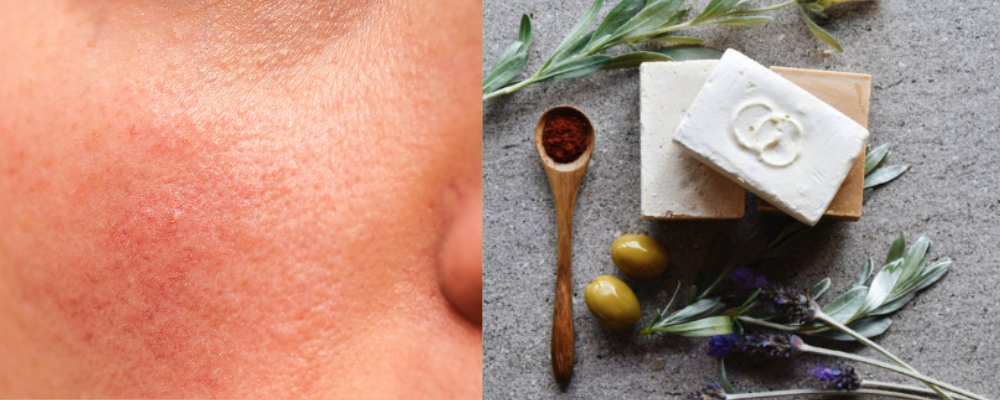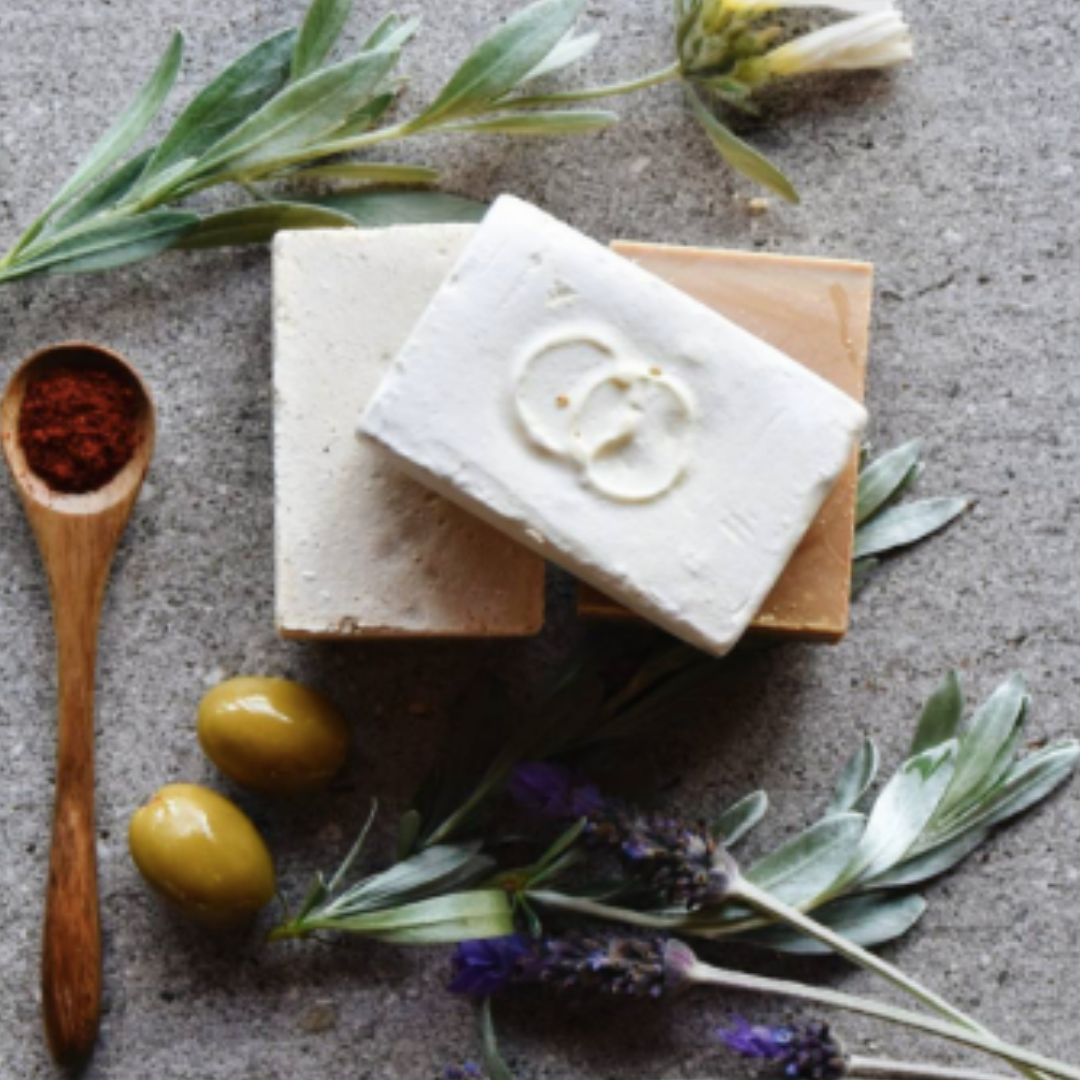Rosacea is a very common skin condition but we tend to hear less about it than other inflammatory skin concerns like acne and eczema. Here we take a look at rosacea and how to manage the symptoms with simple lifestyle and skincare changes.
What is Rosacea?
Rosacea is a chronic inflammatory skin condition characterised by flushing and redness of the nose, cheeks, forehead, and chin. It can present at any age but is most common for those between 30 – 60 years old.
Symptoms of rosacea include:
- Persistent redness in the centre of the face
- Hot flushing episodes
- Dryness
- Sensitivity
- Bumps and pustules (often mistaken for acne)
- Thickening skin
- Visible veins which appear in small clusters most often around the nose and cheek areas
During a flushing episode, the skin is extremely uncomfortable and hot. Persistent facial redness and bumps can also cause those who have rosacea to feel self-conscious of their skin.
Left untreated, symptoms can increase in severity. With each flare of flushing, skin can stay red a little longer until redness and visible capillaries are a permanent issue. Thickening of the skin around the nose can also cause the area to become bulbous – which tends to occur more often in men.
There is no cure for rosacea but some studies suggest a link between rosacea and the Helicobacter pylori (H. pylori) infection and small intestinal bacterial overgrowth (SIBO). Treating these conditions may lead to the successful resolution of rosacea.
Ahead we look at some of the common triggers for flare ups. However, I do recommend seeking the personal advice of a health practitioner who can provide guidance on your individual rosacea presentation.
Common Triggers of Rosacea 
Getting rosacea under control begins with identifying what triggers your flushing.
Understanding what sets off an episode can help you make changes – usually lifestyle and dietary – to help reduce the severity and frequency of redness and flushing.
In general, any foods or activities that heat up the body can trigger rosacea.
Common culprits include:
- Spicy foods
- Alcohol – especially red wine
- Sun exposure
- Moderate to intense exercise
- Hot rooms/heaters
- Hot showers
Everyone is different, so what sparks an episode for someone else might not have the same effect for you. Keep track of when you experience flare-ups so you can note what you were doing or eating beforehand.
Triggers can be psychological too. Studies have shown stress and anxiety can cause rosacea to flare up or worsen an existing episode.
Relieving symptoms, for the most part, comes down to managing your lifestyle and dietary choices. It might mean skipping that next glass of red, taking a cooler shower, choosing less vigorous exercise or making time for more self-care to lower stress levels.
Depending on the severity of your rosacea, you may wish to consult a dermatologist or natural health professional for personalised advice.
Rosacea Skincare Routine
Skincare is also a key piece of the puzzle for rosacea management.
The wrong products can play havoc with rosacea as the skin barrier is weak and is extremely sensitive. Strong products can’t be tolerated and easily inflame and burn the skin.
As a rule, avoid using products containing:
- Fragrance
- Denatured alcohol (also called SD alcohol, alcohol denat, and isopropyl alcohol)
- Hydroquinone
- Menthol
- Eucalyptus oil
- Benzoyl peroxide
- Salicylic acid
Rosacea-friendly skin routines are uncomplicated. 10 step routines with layers of different products and ingredients will only overwhelm and irritate the skin. The less ingredients – the better.
Choose a gentle cleanser free from chemicals and fragrance. Look for ingredients that help maintain the important moisture and oil balance of the skin to promote a hydrated, healthy complexion.
As the rosacea pustules and bumps are often confused with acne, you may have been using a cleanser designed to target acne. These are generally far too strong for rosacea skin so swap this for a gentle cleanser instead.
While using a regular soap bar is not recommended, our Olive Oil Soap bar is ideal for rosacea. Fragrance-free, this traditional bar enriches the skin with pure ingredients, without detergents, fillers or fragrances or sulfates. It’s even gentle enough for babies skin!
When cleansing your face, always touch your skin gentle, rinse with lukewarm water (never hot) and pat your skin dry with a soft, clean towel.
Moisturiser
As the skin barrier function is impaired with rosacea, your skin has difficulty holding onto moisture. Dry and flaky skin often accompanies the red hot flushes and bumps. Finding the right moisturiser is crucial to encourage barrier repair and keep skin hydrated.
Choose a non-greasy, non-comedogenic moisturiser free from fragrances, lanolin, dyes, and any other irritating ingredients. Moisturisers formulated specifically for rosacea may also contain ingredients to help minimise and cool redness.
Broad-spectrum SPF 30+
We all need to be vigilant about sun protection but those prone to rosacea even more so. Daily SPF protection must be part of your daily routine – even if you work or spend a lot of time indoors.
If the skin is unprotected, even short periods in the sun can trigger a flare-up. It’s wise to cover up with a wide brim hat and avoid being outside during the hottest hours of the day between 12 noon and 3pm.

